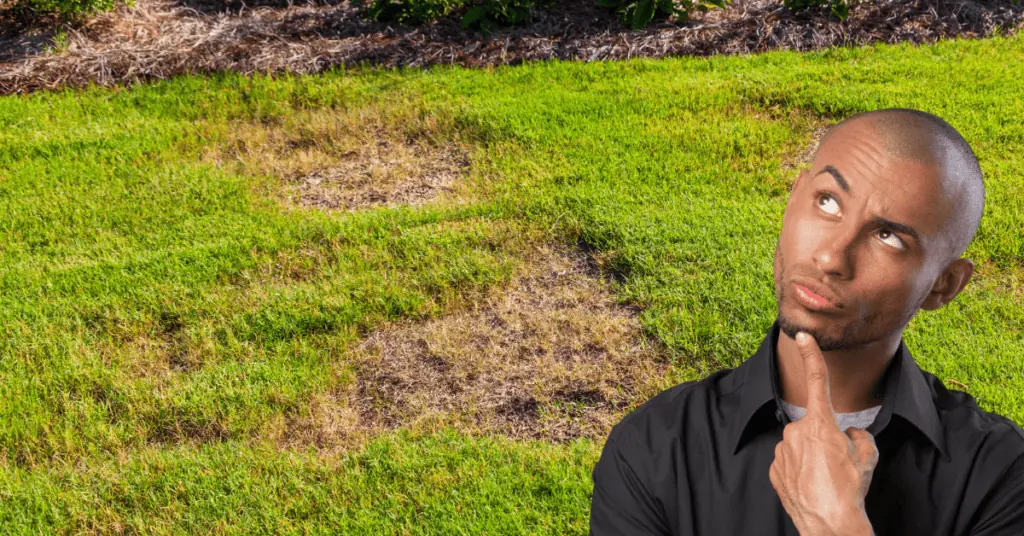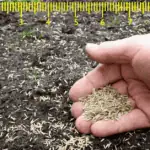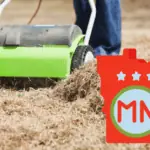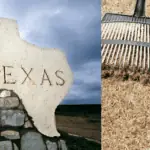Many homeowners take pride in their beautiful, verdant lawns. However, getting that ideal lawn can be challenging, especially when bare places start to show. One topic frequently arises whether the grass will naturally fill these barren patches. Since it depends on several variables, the solution is complex.
The first factor affecting your lawn’s capacity to fill in barren places is the type of grass you have there. Kentucky bluegrass is one of the grass varieties that can spread and fill in bare areas more quickly than other types.
The size and form of the space can also affect how quickly it fills up. Small, shallow spots will fill in independently, while larger or deeper spots may require intervention. In this article, you will learn why bare spots appear in lawns and how to make bare patches grow grass.
Why Do Bare Spots Appear in Lawns?
Before answering whether the grass will naturally fill in empty places, it is critical to comprehend why these spots initially develop. The emergence of bare spots can be caused by a variety of reasons, such as:
- Overuse: Heavy foot traffic eventually causes some lawns, including those in public parks or athletic fields, to get bare areas. This is because new grass might be challenging to establish due to soil compaction and damage to grass roots caused by continual foot traffic.
- Disease: Large sections of grass might die off due to fungal diseases like the brown patch or dollar spot, leaving barren regions behind. Contact with diseased grass or environmental elements like humidity or rainfall can transmit these illnesses.
- Lack of Water: For grass to grow and prosper, it needs enough water. They may need more water for grass to grow effectively in locations with low rainfall or drought conditions, creating bare spots.
- Inadequate Nutrients: Grass also needs nitrogen, phosphate, and potassium to flourish. These nutrients must be present in the soil for the grass to develop appropriately; otherwise, bare patches may result.
Will Grass Naturally Cover in Bare Spots?
Now that you have a better knowledge of why bare spots appear in lawns, then you can investigate the issue of whether the grass will fill in these patches on its own. The quick answer is yes; grass can fill in bare patches over time. However, depending on several variables, such as why the area is bare, the type of grass, and the environment, the time it takes for grass to fill in these patches might vary.
For example, it can take longer for the grass to fill in if the bare spot was created by overuse than if a lack of water or nutrients caused it.
This is because fresh grass may be more challenging to establish in locations with high foot activity where the soil may be more compacted. Additionally, if a disease creates a bare spot, it can take longer for the grass to grow back because the sickness might keep spreading and harm the fresh grass.
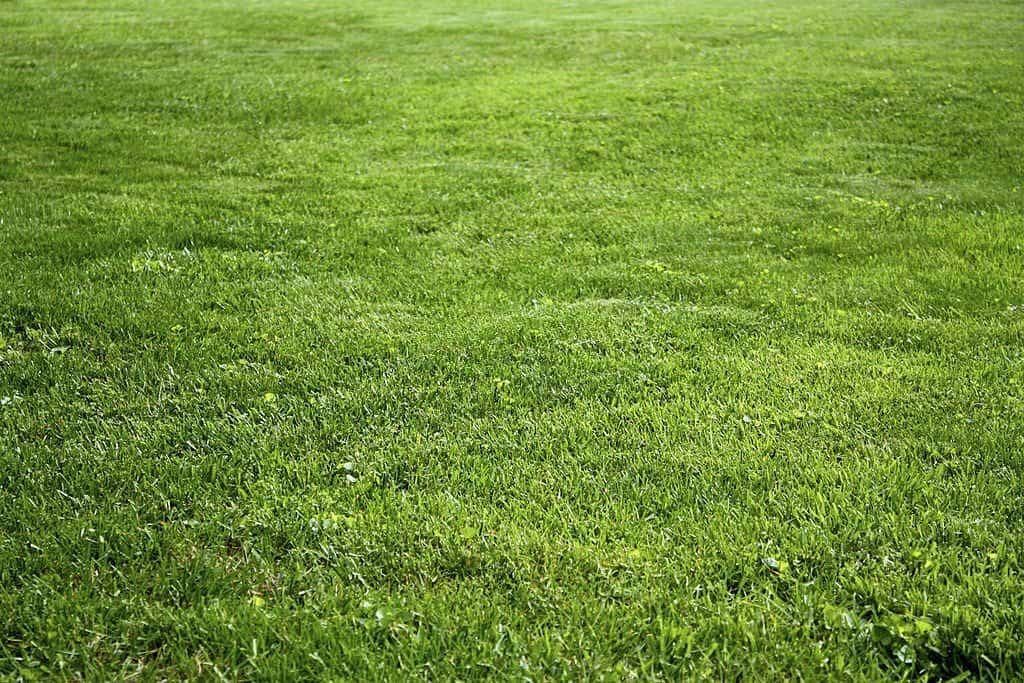
The grass species in the lawn can also impact how quickly bare spots fill in. Some grass varieties, such as Kentucky bluegrass and perennial ryegrass, grow more rapidly, like fine fescue. This indicates that the bare places on the lawn can fill in more quickly if various kinds of grass are growing there.
Finally, how quickly bare areas fill in depends on the climate. Since grass needs sufficient sunlight and water to thrive, locations with higher rainfall or sunshine may experience faster growth and fill in dry places.
How to Make Bare Patches in the Lawn Grow Grass
Fortunately, there are strategies for encouraging grass to cover dry places and bring your lawn back to its former splendor.

Identify What Causes the Bare Spots
Find the root of your lawn’s bare spots before taking corrective action, and it will assist you in choosing the best course of action. Excessive foot traffic, pet damage, bug infestation, disease, and poor soil quality are significant reasons for bare areas.
Once you have determined the root of the problem, you may take the necessary steps to resolve it and promote grass growth in the affected areas.
Rake and Loosen the Soil
You must correctly prepare the soil to enable grass to grow in bare patches. Vigorously rake the bare areas to remove dead grass, leaves, or other debris. The soil can breathe and absorb nutrients and water more efficiently.
The next step is loosening the soil by making a few tiny holes with a garden fork. This will enhance the soil’s capacity to hold moisture while allowing air to flow, fostering healthy grass growth.
Add Compost or Topsoil
To promote grass growth, dirt or compost can be applied to barren places. Essential minerals found in topsoil or compost can help feed the grass and encourage healthy development.
Over the bare areas, apply a layer of topsoil or compost and gently rake it to create an even distribution. The risk of erosion will be decreased, and the grass’ ability to establish itself more swiftly.
Select the Right Grass Seed
Good grass seed must be used to establish grass in bare regions successfully. Ensure the seed you purchase is appropriate for the soil and climate in your area.
Consult a local nursery or a lawn care professional if you need clarification on which seed to buy—using a seed spreader to achieve even distribution and uniform coverage when scattering grass seeds.
Water Consistently
Watering is crucial to encourage grass growth in barren regions. Freshly sown grass seed must be moist during the first few weeks to promote proper germination. Regularly water the bare places, but watch out for overwatering.
The seeds could rot from too much water, preventing grass from growing. For the first few weeks, try to water the bare places once or twice a day. As the grass takes hold, you may progressively reduce the watering frequency.
Fertilize Frequently
It’s crucial to fertilize your lawn to encourage strong grass growth. Pick a fertilizer explicitly designed for your grass and use it as directed by the manufacturer. To provide the grass the nutrition it needs to thrive, fertilize the bare places frequently.
Conclusion
Overall, grass can partially fill in bare places on its own, although this depends mainly on the amount of damage and the kind of grass.
For example, certain grasses may spread more quickly to fill barren spots because of their deeper roots, while others would need more time and care to recover fully. In addition, elements including soil quality, hydration, and upkeep might affect the development of new grass in barren patches.
It’s crucial to remember that there are better options than using grass alone to cover bare places. It is necessary to treat any underlying problems, such as soil compaction or nutrient deficiencies, causing the bare spots to ensure healthy growth and a long-lasting solution. Additionally, overseeding or other planting techniques could be required to encourage quicker and more uniform development in bare places.
Now that you know this, while grass can partially cover dry places organically, it’s crucial to approach lawn care holistically and deal with any underlying problems to maintain healthy and lush growth.
